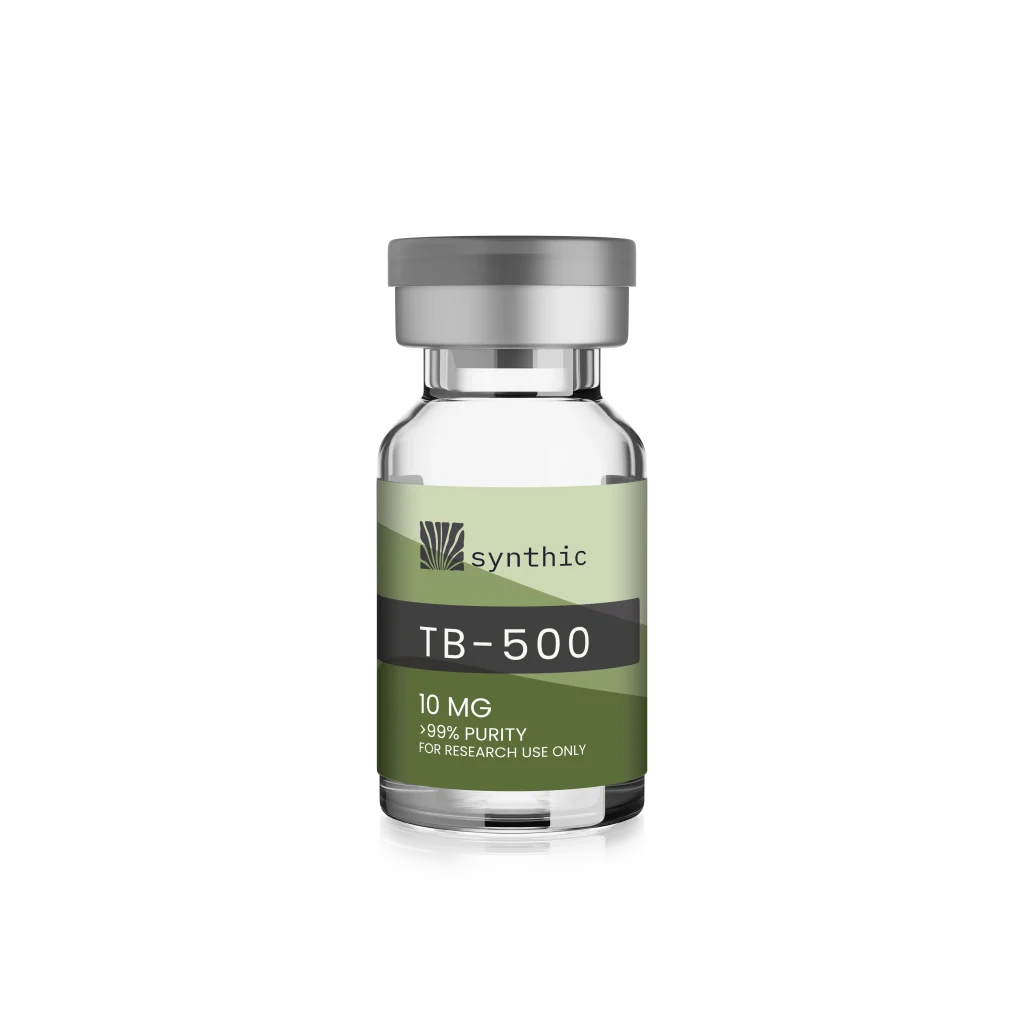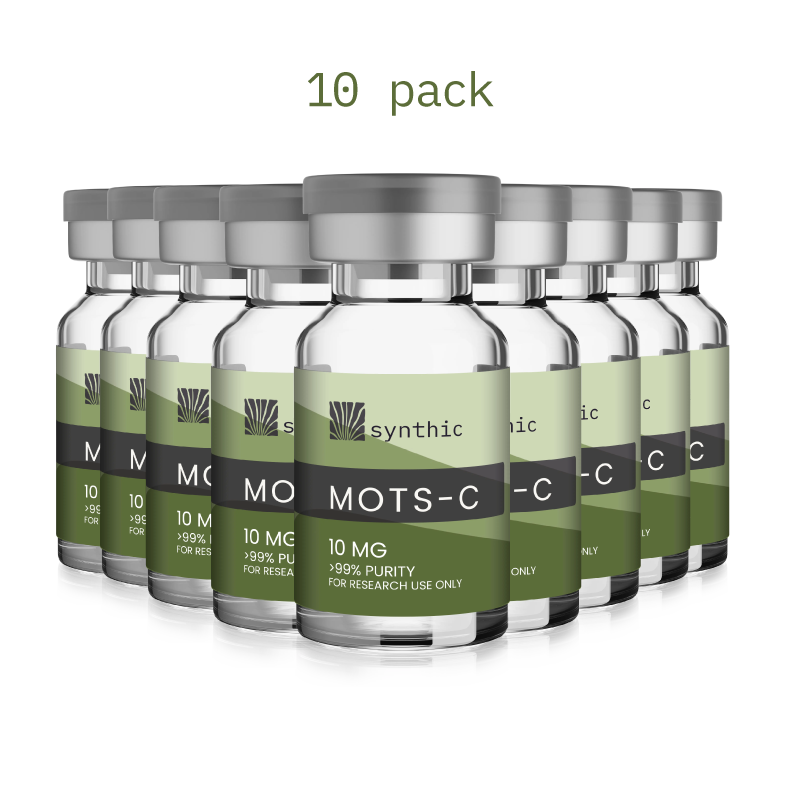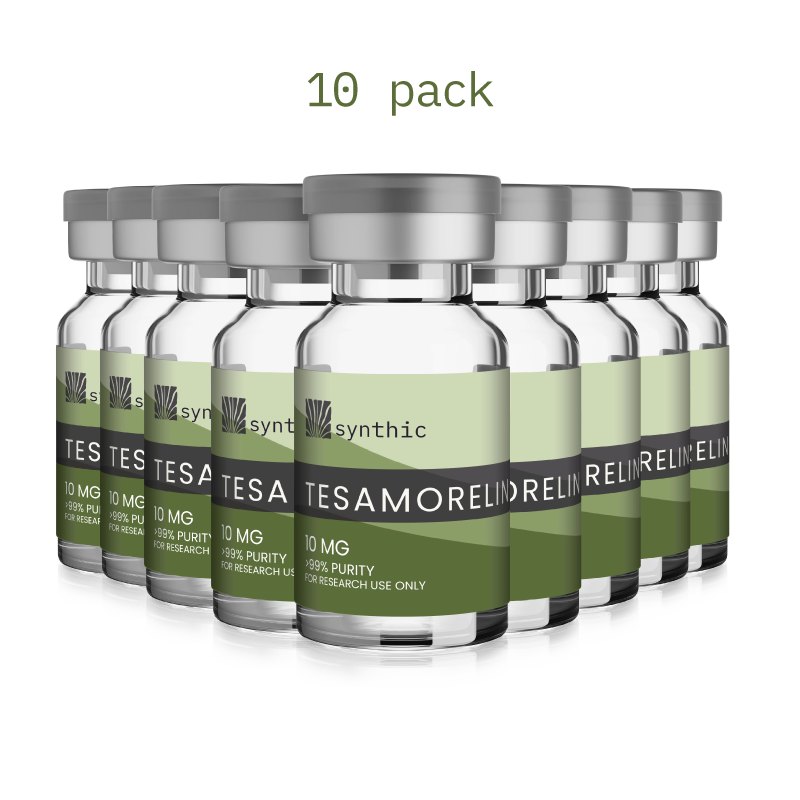A New Chapter in Metabolic Research
Every few years, a new discovery shifts the weight loss conversation. First came the excitement around GLP-1s. Then tirzepatide pushed further as a dual agonist. Now, scientists have developed retatrutide, a molecule that brings an entirely new dimension to the story: it activates three receptors at once.
This “triple agonist” design marks an evolution in how researchers think about metabolic support, moving away from a one-receptor focus and toward a multi-pathway approach.
How We Got Here: From GLP-1 to Triple Agonists
To understand why retatrutide matters, it helps to trace the steps that led here.
GLP-1 receptor agonists like semaglutide and liraglutide primarily targeted satiety and glucose regulation. They were effective, but individual results varied.
Dual agonists like tirzepatide expanded the field by combining GLP-1 with GIP signaling. This second pathway influenced insulin response and fat metabolism, helping smooth out some of the variability seen with GLP-1s alone.
Triple agonists like retatrutide now add glucagon activity. This third receptor plays a different role, influencing energy expenditure and fat oxidation.
Each step represents an attempt to capture more of the metabolic system, addressing weaknesses while building on successes.
What Sets Retatrutide Apart
Retatrutide stands out because it brings three different hormonal signals together in one molecule:
GLP-1: Reduces appetite, slows gastric emptying, and helps regulate blood sugar.
GIP: Works with insulin and supports fat metabolism, potentially improving metabolic flexibility.
Glucagon: Encourages fat breakdown and increases energy expenditure, counteracting some of the “slowdown” that can occur during weight loss.
This combination offers a layered approach that doesn’t just focus on satiety, but also on how the body manages energy and composition.
The Problem of Plateaus
One of the biggest frustrations with any weight loss journey is the plateau. The early weeks often bring rapid progress, followed by a slowdown that can feel discouraging.
Researchers believe retatrutide’s multi-pathway design could help in several ways:
Breaking through plateaus: By stimulating fat oxidation in addition to appetite control, retatrutide may keep results moving when GLP-1s alone stall.
Sustaining energy: Glucagon receptor activity could reduce the fatigue often reported with calorie restriction.
Supporting body composition: A more balanced signal may help reduce the risk of disproportionate muscle loss, a common concern with rapid weight reduction.
While it’s still early, these potential advantages are why retatrutide has attracted attention so quickly.
What Early Studies Show
Initial clinical trials of retatrutide suggest:
Significant reductions in body weight, even greater than current GLP-1 or dual agonists in some cohorts.
Improvements in insulin sensitivity and other metabolic markers.
Increases in resting energy expenditure, attributed to glucagon’s effect on fat oxidation.
Manageable tolerability profiles, though side effects remain under close review.
It’s important to note that research is ongoing, and these findings are preliminary. Still, they highlight retatrutide as one of the most promising candidates in development.
Comparing Semaglutide, Tirzepatide, and Retatrutide
To put things in perspective:
Semaglutide (GLP-1 only): Strong effects on appetite and glucose control; weight reduction often ranges from 10–15% of body weight.
Tirzepatide (GLP-1 + GIP): Broader impact on metabolic flexibility; in some studies, average weight reduction exceeded 20%.
Retatrutide (GLP-1 + GIP + glucagon): Early data suggest even greater weight loss, with some participants approaching 25–30% reductions.
While direct comparisons across trials should be cautious, the progression points toward steadily stronger outcomes as more pathways are engaged.
Beyond Weight Loss: Broader Implications
What makes retatrutide exciting isn’t just the numbers on the scale. Researchers are interested in how triple agonists may affect:
Cardiovascular health: Incretins already show promise for reducing risk factors like high blood pressure and cholesterol. Adding glucagon could deepen these effects.
Liver health: Dual and triple agonists may play a role in research on fatty liver disease (NAFLD/NASH).
Muscle preservation: Supporting energy expenditure while reducing appetite could help balance fat loss with lean tissue protection.
Long-term maintenance: If multi-pathway molecules reduce plateaus, they may provide insights into sustaining results, not just achieving them.
What It Means for the GLP-1 Journey
For anyone currently on a GLP-1, the buzz around retatrutide is more than just scientific hype. It reflects real concerns people face every day:
Plateaus that feel impossible to break.
Energy levels that dip during calorie restriction.
The desire for sustainable, balanced outcomes rather than short-term fixes.
Retatrutide may still be in research, but the direction it represents — multi-pathway solutions — is already reshaping how the field thinks about long-term metabolic health.
Conclusion: A Glimpse Into the Next Phase
Retatrutide isn’t simply “the newest GLP-1.” It’s part of a new class of molecules designed to act more like the body itself: complex, layered, and interconnected.
Whether retatrutide becomes the gold standard or just the first in a wave of triple agonists, it signals where science is heading: beyond single pathways, toward integrated solutions for weight, energy, and overall metabolic health.
The incretin revolution isn’t slowing down — and retatrutide is proof that the most important discoveries may still lie ahead.



